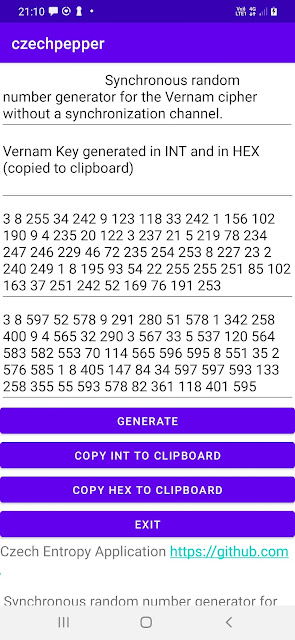Synchronous random number generator Synchronous generators can be used in recursive encryption algorithms. When a received decrypted message or part of a message is "mixed" with some combination of bytes and used as the source of a newly generated array of numbers for encryption. You can completely dispense with books, magazines or news reports to obtain the same initial values to generate. Moreover, there is no need to store the decoded received message at all. You can immediately generate a new array of numbers based on it and store this array. But these are all rather old technical ideas. Which use a stable, constant algorithm. Imagine an application in which each message is encoded with a different algorithm (plus all sorts of permutations, packaging, compression, replacement), not similar to the previous one. It's like encrypting the first message using XOR, the second message using RSA, and so on. And not a single repetition. Those. Each message must be h...


